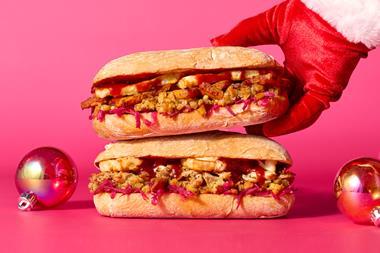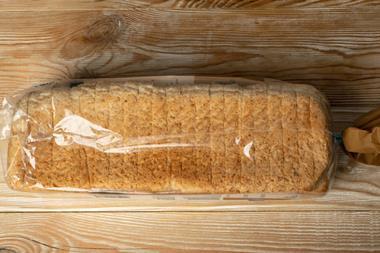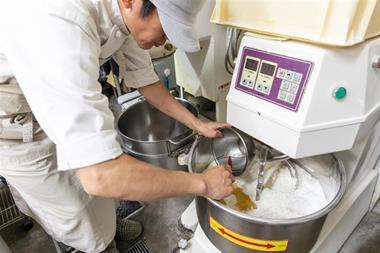The Food Hygiene Rating Scheme has driven up standards, according to the Food Standards Agency’s (FSA’s) chief scientific adviser.
The scheme, which is mandatory in Wales and Northern Ireland, and currently used on a voluntary basis in England, was introduced in 2010.
Ratings are given to all business supplying food directly to consumers, including schools, hospitals, care homes and company canteens, as well as supermarkets, restaurants, takeaways, pubs and hotels. In Wales, the scheme also covers food manufacturers.
The rating is based on three areas of food safety assessed by inspections, with scores combined to give a rating between zero and 5.
There are now more than 430,000 food hygiene ratings published at food.gov.uk/ratings. Of those food businesses, 67% achieved the top rating of 5, while 95% were rated 3 or better.
In a report published this week by the FSA, its chief scientific adviser Professor Guy Poppy described the scheme as a significant development for food safety that has “delivered tangible benefits for consumers across the country”.
“The scheme has empowered people, helping them choose to eat in places with higher ratings. This, in turn, has pushed restaurants and other food businesses to drive up hygiene standards to attract more customers,” he added.
Pointing out that 84% of consumers think businesses should have to display their food hygiene rating at their premises, the FSA said it was committed to introducing mandatory display of ratings at food outlets in England.
The report stated that events such as markets and festivals were increasingly making the food hygiene rating one of their requirements. For example, all traders of hot or cold food at Boston market in Lincolnshire are required to have a Food Hygiene Rating of at least 4.
































No comments yet